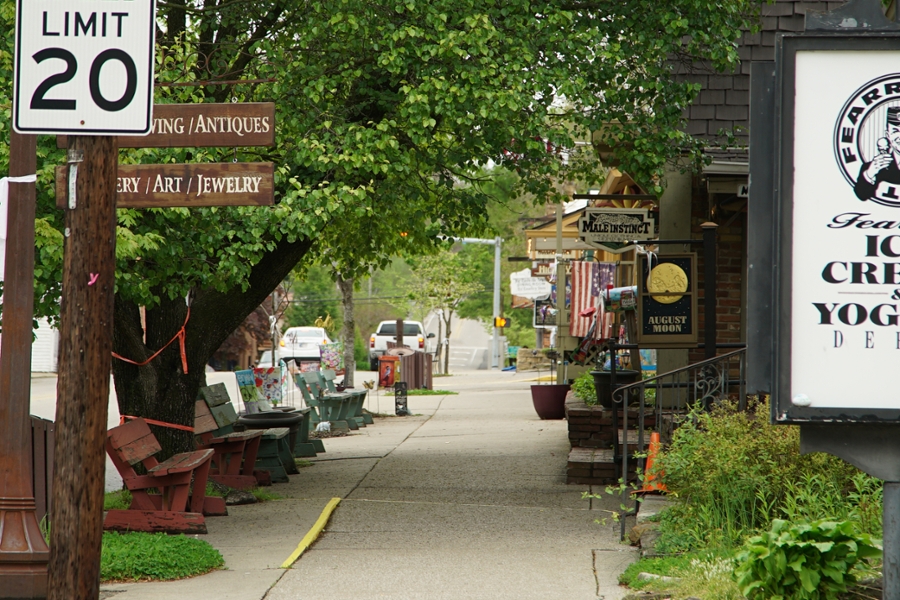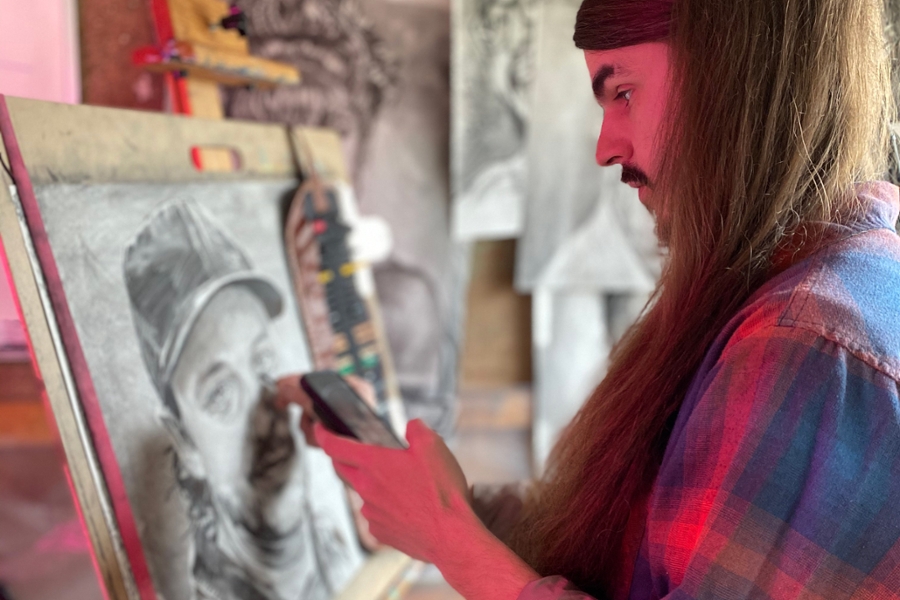What's in your future? The ways people have tried to answer that question are as varied as the answers themselves. Some turn to faith, some to astrology – but some believe their fates might be right in the palms of their hands.
Palmistry is the practice of exploring one’s personality or predicting their future by studying their palm: the lines, the shape and the fingers are thought to paint a vivid picture of that person’s life.
While palmistry’s accuracy is, let’s say, hit or miss, countless people today and throughout history have been convinced of its effectiveness – people like Amelia Earhart, Eleanor Roosevelt and Walt Disney.
These power players of the early 20th Century frequently found themselves in the elegant cottage of Nellie Simmons Meier, a well-known Midwestern socialite who made a name for herself reading the palms of famous actors, athletes, thinkers, politicians and just about every other major celebrity of her time.
She would charge $5 a session (given to charity) and then analyze the shape of the hand, the fingers and the lines on the palm to tell her clients more about themselves.
 Nellie Simmons Meier. (Photo: The Indiana Album / Tuckaway House Collection)
Nellie Simmons Meier. (Photo: The Indiana Album / Tuckaway House Collection)
Meier was born in the 1860s (1862, 1864 or 1867, depending on the source). In 1899, she married nationally known dress designer George Meier, according to the Indiana Historical Society.
As Sara Sklaroff wrote in her 1995 article, “With Fame in Hand,” Meier dove into palmistry in 1895 after coming across a book on the subject. She wasn’t too shabby at it, either.
Meier wrote, “I managed to hit upon the truth often enough to give my friends and myself a big thrill.”
But as Sklaroff wrote, “Meier was adamant that mysticism played no part in her work” – even if she would dress up as Roma at local events from time to time. Rather, she saw her work as a science.
“[She] believed that personality and human potential were revealed [in people’s hands],” Sklaroff writes.
Meier kept detailed records of her readings. In a profile on the Meiers’ home Tuckaway, the Historic Meridian Park Neighborhood Association wrote, “The great amount of data collected as well as carefully researched books and manuscripts show that Nellie did indeed approach the endeavor as a ‘study.’”
 A front porch view of Tuckaway, the Meiers' home. (Photo: Historic Meridian Park Neighborhood Association)
A front porch view of Tuckaway, the Meiers' home. (Photo: Historic Meridian Park Neighborhood Association)
The profile also describes how Meier's readings were received. Her counsel was enough to earn the respect of contemporaries like Albert Einstein, George Gershwin, Margaret Sanger and James Whitcomb Riley.
However, not everyone was convinced. Much of what Meier concluded wasn’t exactly new information.
Of Eleanor Roosevelt, Meier wrote, “In speaking of the thumb I want to emphasize that it is the keystone of character building. From it one reads the qualities that insure success in the application of will power directed by logic and reason.”
And she wrote of Earhart, “Her long first fingers…denote ambition for achievement, a liking for commendation, but with honesty and understanding of praise deserved against flattery.”
“Once in a while, though,” Sklaroff wrote, “Meier was strikingly prescient: When Carole Lombard spent an evening at Tuckaway, Meier made a rare foray into fortunetelling, begging Lombard not to fly back to Los Angeles. But after six weeks away from Clark Gable, Lombard was in a hurry. Her plane crashed in the Rocky Mountains, leaving no survivors.”
After George Meier died in 1931, the Indiana Historical Society says, Nellie continued her palm readings, traveling around the country for lectures and writing for magazines.
In 1937, she published the notes from many of her more recognizable clients in the bestseller “Lions’ Paws: The Story of Famous Hands.” And in 1937, President Franklin D. Roosevelt asked her to donate her prints and readings to the Library of Congress, where they are still housed today. Meier died in 1944.
While Nellie Simmons Meier didn’t achieve the same level of fame as those whose palms she read, the reports she left behind offer a window into the personalities of some of history’s most mythic figures.
Featured image courtesy of The Indiana Album / Tuckaway House Collection.




